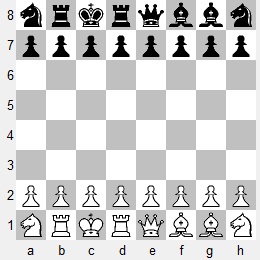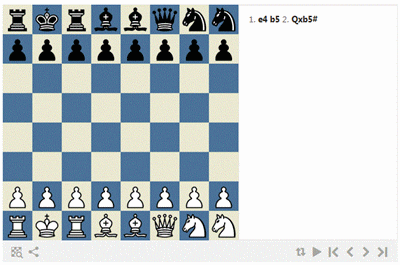A few months ago, in
2019 Champions Showdown Live
(October 2019), after linking to a number of videos from the
2019 Champions Showdown, St. Louis, I closed with a question:-
How am I ever going to find the time to watch all of this?
Today I decided to use this post to start the viewing, but first I stopped in to watch round four of the
2020 Candidates Tournament; Yekaterinburg (Russia).
I hadn't been able to see the first three rounds and the fourth day was a rest day. Traditional chess is alive and well! The four games were so interesting that I spent most of my free time following the action. After three draws and another draw looming, I finally switched over to the video for a round from St. Louis:-
Streamed live on Sep 2, 2019; 2019 Champions Showdown | Chess 9LX: Day 1
Since chess is primarily a competitive activity, watching a game is more exciting when you don't know the outcome, but it's still interesting. The commentators -- Yasser Seirawan, Jennifer Shahade, and Maurice Ashley -- did a thoroughly professional job explaining the ebb and flow of the games. The chess960 opening is the most challenging phase to explain, so I paid particular attention to the experts during the early moves.

SP366 NRKRQBBN
The diagram shows the start position for the first two rounds, i.e. eight games. At 18:50 into the video GM Seirawan said,
When you look at a chess960 position for the first time, you identify which pieces are problem pieces. I would identify Nh1 and Bg1. Which Pawn is the most vulnerable? Most likely the a2 & a7 Pawns [since they] are the only ones that aren't protected. Those will be the Pawns that the players first begin to attack.
I would have identified Na1 and Nh1 as the problem pieces. In fact, any piece starting in the corner, except a Rook, presents a problem. As for the Bg1, it is set to attack Pa7, making it more of an asset than a problem. But I won't quibble with the GM; his methodology is what counts.
P.S. Can we call SP366 the Leap Year position?


